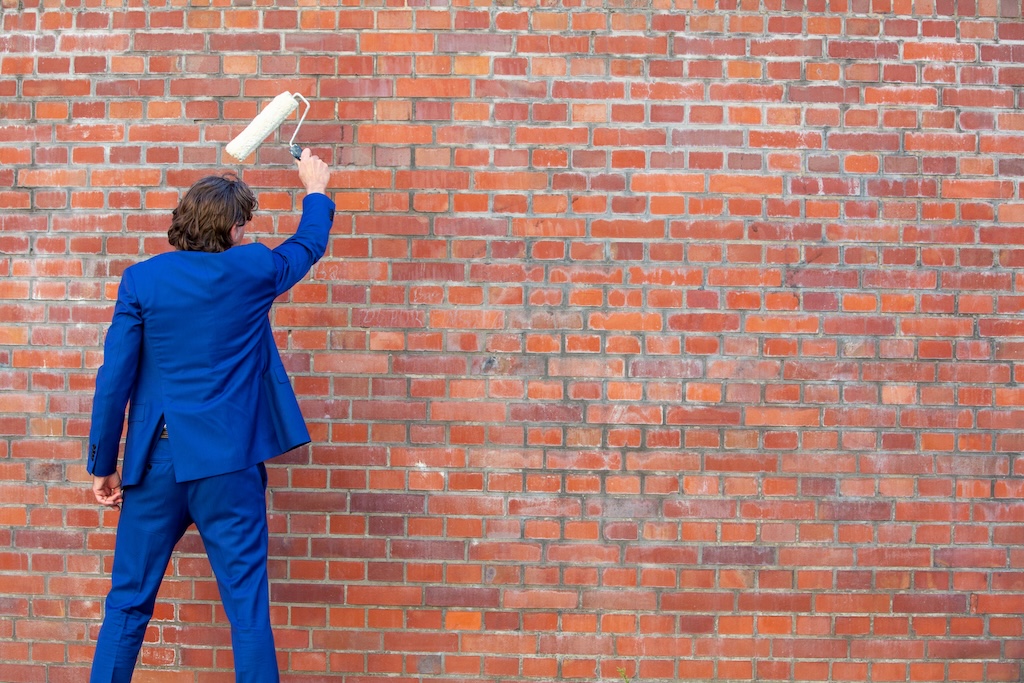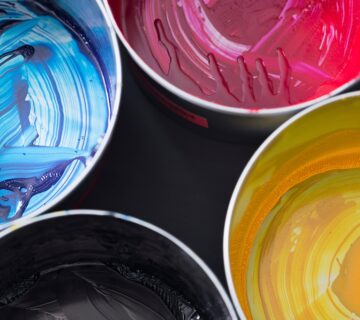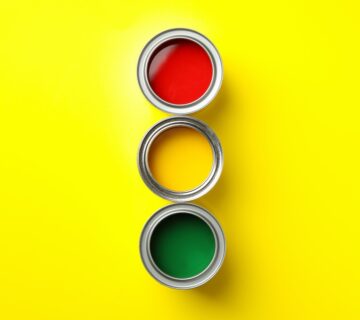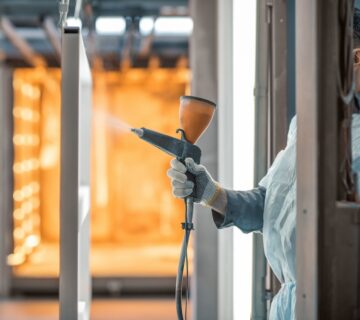Choosing the right paint for different surfaces is crucial for the durability and appearance of the paint job. Each surface type, from walls and ceilings to metal and wood, has specific requirements that determine the most suitable paint. It’s not just about the color or finish, but also about the paint’s ability to adhere to different materials and withstand various conditions. In this blog, we’ll guide you through the best paints for different surface types to ensure optimal results, while also considering environmental impact and ease of maintenance.
Wall and Ceiling Paints
For interior walls and ceilings, latex paint is a popular choice due to its ease of application and quick drying time. It’s available in various finishes, from matte to high gloss, making it suitable for different aesthetic preferences. Additionally, latex paints are known for their low VOC (volatile organic compounds) content, which makes them a healthier choice for indoor air quality. These paints are also washable, which is a practical feature for areas that require frequent cleaning.
Wood Surfaces
When painting wood, oil-based paints are often preferred for their durability and smooth finish. They are ideal for surfaces that endure frequent use or exposure to elements. For an eco-friendlier option, water-based acrylic paints can also be used, especially for interior wood surfaces. However, it’s important to note that oil-based paints tend to yellow over time, which may be a consideration for some design choices.
Metal Surfaces
Enamel paints, either oil-based or water-based, are best suited for metal surfaces. They provide a durable, rust-resistant finish that withstands exposure to elements, making them ideal for outdoor metal fixtures. These paints are particularly useful for items like metal railings, gates, and outdoor furniture that face the brunt of weather changes. Moreover, the reflective quality of enamel can also enhance the metal’s appearance, adding to its aesthetic appeal.
Exterior Surfaces
For exterior surfaces, acrylic latex paints are recommended. They are resistant to weathering, fading, and temperature changes, making them long-lasting for external applications. These paints adhere well to a variety of surfaces, including wood, vinyl, and fiber cement. The flexibility of acrylic latex paint helps prevent cracking and peeling, which is essential for the longevity of an exterior paint job.
Concrete and Masonry
Elastomeric paints are ideal for concrete and masonry due to their flexibility and ability to bridge small cracks. They are highly durable and provide excellent coverage on rough surfaces. This type of paint is also breathable, allowing moisture to escape from the surface, which is crucial for preventing water damage. Elastomeric paint is particularly valuable in climates with significant temperature fluctuations that can cause surfaces to expand and contract.
Kitchen and Bathroom
In areas with high moisture, like kitchens and bathrooms, high-gloss latex paints are recommended. They are resistant to moisture and easy to clean, preventing mold and mildew growth. The glossy surface also reflects light well, contributing to a brighter appearance in these typically smaller spaces. Moreover, high-gloss finishes resist staining and can handle the scrubbing necessary in these high-use areas.
Floors
For floors, especially in high traffic areas or garages, epoxy paints offer the best durability. They are resistant to heavy wear, chemicals, and stains. Epoxy paints create a hard, protective finish that can withstand the daily rigors of foot traffic and vehicle movement. It’s also an excellent choice for commercial spaces where maintenance and longevity are top priorities.
Specialty Surfaces
For specialty surfaces such as plastic or ceramic, it’s important to use paints specifically formulated for these materials to ensure proper adhesion and longevity. These specialty paints often contain additives that improve stickiness to non-porous surfaces. It’s also vital to follow specific preparation techniques for these materials to achieve the best results. Failure to use the correct paint can result in peeling or chipping, compromising the look and integrity of the surface.
Final Thoughts
Selecting the right paint for different surfaces ensures not only an appealing finish but also longevity and durability of the paint job. From interior walls to outdoor fixtures and specialty surfaces, understanding the unique needs of each surface type is key to choosing the best paint. Regular maintenance and the right paint selection can significantly extend the life of your surfaces. For more expert painting advice and product recommendations, visit our website at sisupainting.com and our blog at sisupainting.com/blog.





No comment